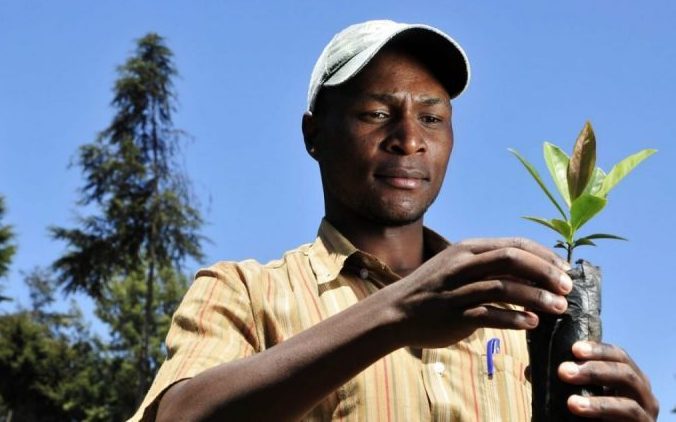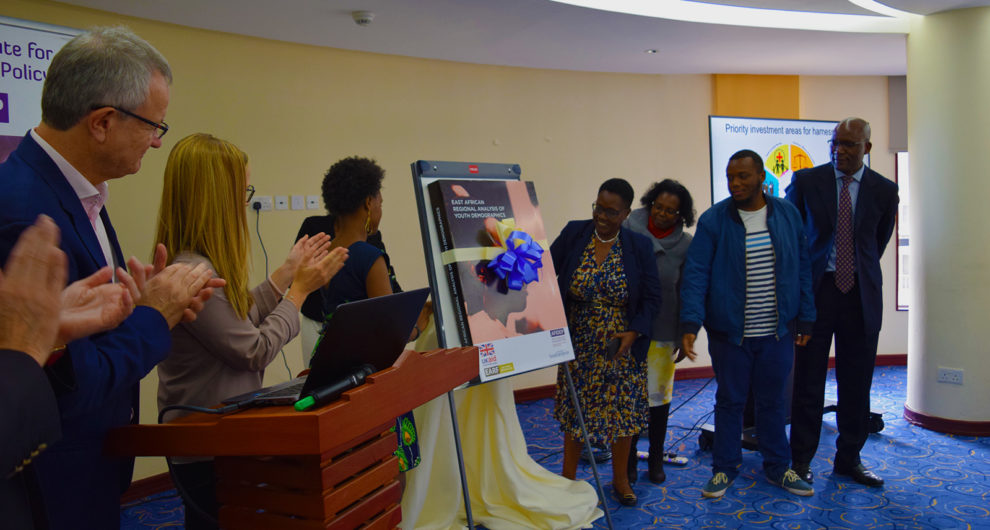Regional Analysis of Youth Demographics


In the East Africa Community (EAC), around 45 percent of the 150 million people in Kenya, Rwanda, Uganda and Tanzania are below 15 years and a further 28 percent are between 15 to 24 years old. This large youthful population can either be a burden on the rest of the population and the economy, or it can be turned into an opportunity to harness the demographic dividend if mortality and fertility in the region decline rapidly.
The study explored existing literature and data sources, to develop a conceptual framework of the pathways through which youth demographics affect access to and demand for basic and critical services including schooling, housing, health care, and jobs. In addition, modelling techniques were used to show, under different scenarios, the short, medium, and long-term implications of youth population dynamics on the countries’ socioeconomic status up to 2050.
The project reviewed existing literature and data sources, and developed a conceptual framework of the pathways through which the state of young people in the East Africa Community region affects access to and demand for basic and critical services including education, housing, health care and jobs. It also involved creating models to demonstrate, under different scenarios, the short, medium, and long-term implications that the dynamics of the region’s young population will have on its socio-economic status up to 2050.
The study made recommendations that brought together evidence from literature, reviewed data and scenario models to highlight the implications of policy and implementation for each of the four countries and for the region, to benefit from the potential of its young population. Findings from the study were presented using a range of communication methods, including multimedia products targeting the youth in the region, narrative reports and policy briefs.
AFIDEP contributed to positioning population dynamics and the demographic dividend as a key development priority for Africa for various development partners including: DFID, GIZ, NORAD, UN agencies, USAID and World Bank.
Overall, key messages for the EAC region from the project include:
- By 2065, combined population of Kenya, Tanzania, Rwanda, and Uganda will be 468million, a 206% increase from current levels. Of these, youth aged 15-34 years in the four countries will increase from 62million to 153.4million
- The EAC region can use the opportunity now to turn its youthful population into a benefit. This includes investments to accelerate fertility decline, accelerate human capital of its youth and generate decent jobs to improve living standards
The study made recommendations and explained the various socio-economic implications for policy and programme implementation for the region and for each of the four countries, with regard to benefits that can be earned from investing in the potential of its young population.
You can find the country briefs here: Kenya, Uganda, Tanzania, Rwanda, and for the East Africa Community region.
The study report is also available here, and the Communications and Policy Uptake Report can be viewed/downloaded here.
This study was commissioned by the UK Department for International Development (DFID), through the East African Research Fund (EARF). The lead implementing partner was the African Institute for Development Policy, which has extensive experience in supporting governments across Africa in developing demographic dividend profiles and roadmaps for determining policy actions to enable counties move from the evidence to practical actions to enable them harness the dividend.
Other implementing partners were the Department of Social Statistics at the University of Southampton (UK) and experts drawn from each of the four countries. The project also established collaborative partnerships with relevant ministries and agencies that coordinate population and development activities and youth development issues in the four countries to ensure that the project addresses relevant policy evidence gaps.
Key Details
| Dates: | January 2017 to June 2018 |
| Aim: | The study analysed the youth demographics in the East Africa Community (EAC) region and how this bears on ongoing demographic changes on the African continent which is characterised by declining fertility, child mortality and rapid population growth. |
| Where: | Kenya , Malawi , Rwanda , Tanzania , Uganda |
Related Items
Related Events
Jul 2018
Oct 2015

